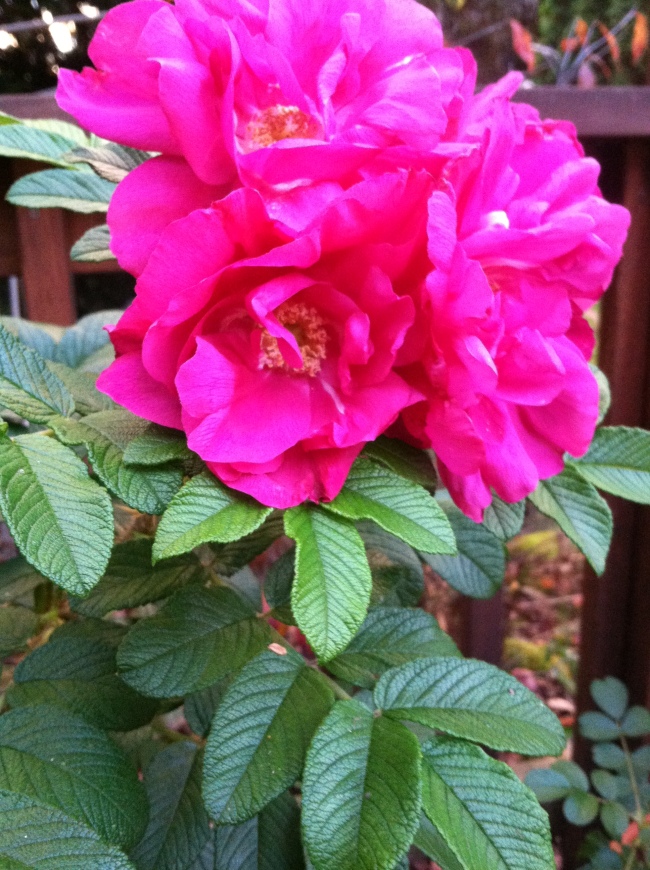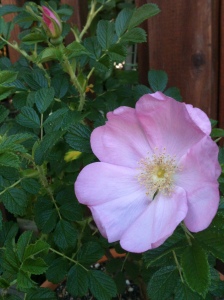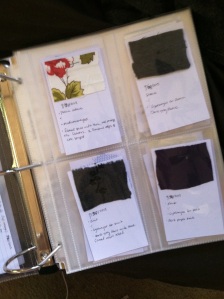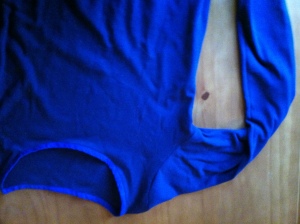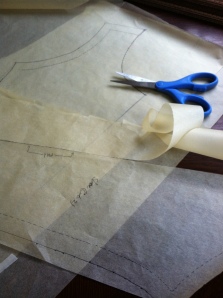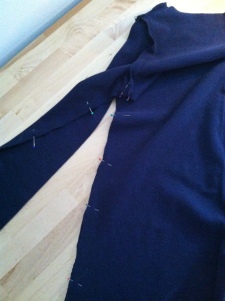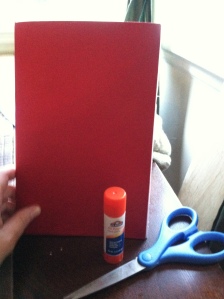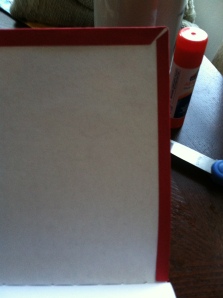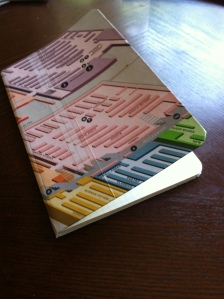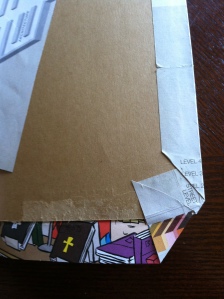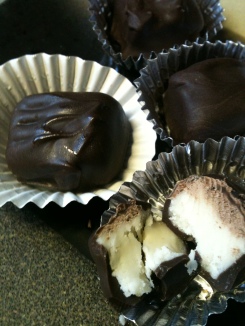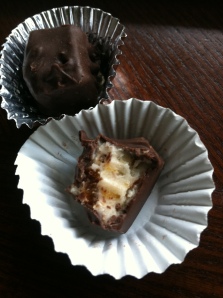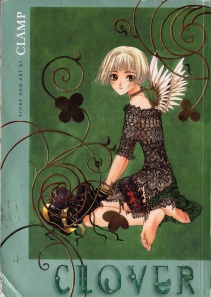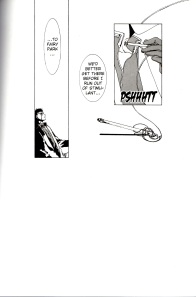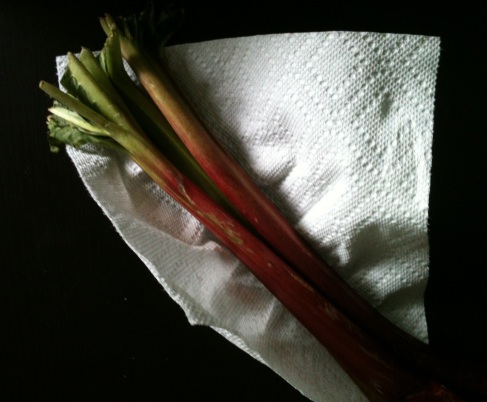I have two rugosa roses which I’m very fond of. Why? They require very little work. They have few diseases, and not only do I not need to spray them with anything, they would be damaged by spraying. This rose species tolerates a lot. The ‘rugosa’ regards their ridged leaves. Most of the flowers of the rugosas are tend to be simple single or double petaled blooms, and bear large orange hips. I have a Frau Dagmar Haustrup (sometimes ‘Hartopp’), and a Moje Hammarberg. I’ve grown the Haustrup in sunny California and in rainy Oregon with great success.
When most people think of roses, they are thinking of the hybrid tea roses, and then complain about how difficult roses are to grow. Ah no, I say, look at the rugosa. Then they object because the rugosa doesn’t come in orange, and they doom themselves to disappointment trying to begin growing roses with a hybrid tea (which is not to say it can’t be done, but really? All that for a stiff, low-scented bloom?).
It’s an illustration of using tools and methods suiting the skill level, and what is best suited to a situation. I don’t have a lot of time or energy to spray or debug, I like plants, but I’m not that into gardening. Half the project is preparation -this huge piece of wisdom I came by painfully, after many years of abandoned projects. I would try to sew clothes, sculpt busts, paint with watercolors without understanding darts, knowing how long to bake the Sculpey or how to lay in washes. I got a massive fail on most attempts and would give up, going back to what I did better.
I didn’t have an ‘a-ha’ moment as much as a slow realization. In my first degree (art) I took several etching classes. Before doing anything in that discipline the materials have to be prepared: the plate has to be beveled so it doesn’t ruin the blankets. The ground has to go on evenly so the lines don’t get messed up. The (expensive) paper has to be torn to the right size so as not waste any. Times have to be guaged for the acid bath or the image won’t look right. Hands must be washed or ink will get everywhere. And on and on.
After an ill-fated sewing project last year, I finally learned to make a muslin first, I found textbooks not only about darts but about making slopers too. I don’t think I’ll use Sculpey for much more than beads or buttons, but if I do, I’m getting a timer. When you get the right materials before starting, when have you the right rose, when you read the instructions first, the project is much more fun, less frustrating, and now I make fewer mistakes.

